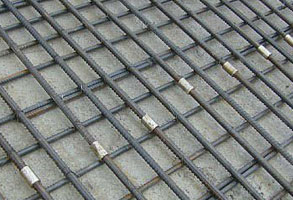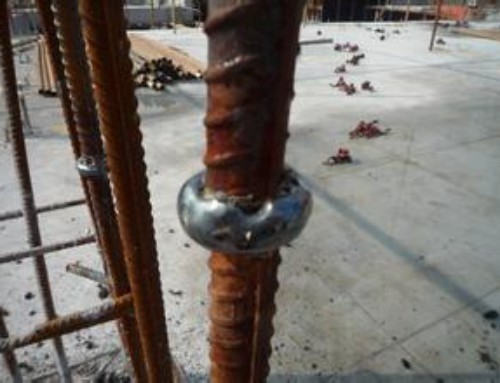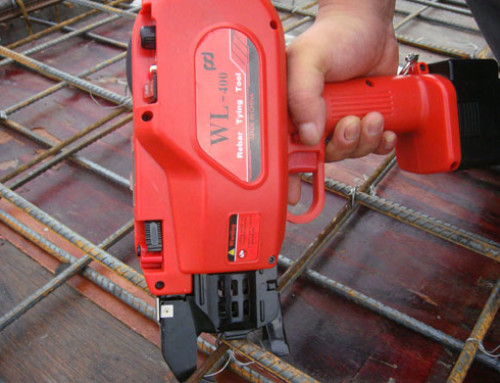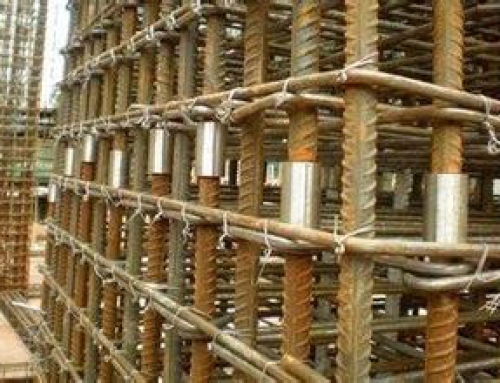Rebar Splicing is so important to the concrete structure. But do you know which rebar splicing method you choose is safer for your projects? Do you know which method you choose is economical for your projects? Do you when we choose this method is better for your projects? Then we will talk about the topic: When should we use rebar lapping method to splice reinforcement bars? When should we use rebar welding method to splice reinforcement bars? When should we use mechanical rebar splicing method to splice rebars?
Application Environments
- If the design asks us to use the mechanical rebar splicing, we should comply with the design.
- When the projects are using HRB400 or HRB500 rebars. We should use the rebar mechanical splicing, because of the bad weldability of the rebars.
- When all the rebar splice in the same cross-section or the rate of rebar splice in the same cross-section is higher than 50%. (the mechanical rebar splices can reach the same strength of the rebars)
- When the space of the rebar site is too small. (rebar mechanical splicing can save much more spaces than weldable rebar splicing and lap splicing.)
- The special construction requirements. For example: Underground continuous wall
- The insufficient capacitance of the jobsites.(this splice method need less capacitance)
- There are light pollution or noise pollution requirements in the construction sites.(there are no light pollution and noise pollution with mechanical rebar splicing)
- When the schedule of construction is tight. (the components can be precasted when we use mechanical rebar splicing, and install on-site.)
- We usually use mechanical rebar splicing on beam when the rebar sizes are over 14mm. we can consider use mechanical rebar splicing on the pillars when the rebar sizes over 16mm. we must use mechanical rebar splicing when the rebar size is over 28mm.




